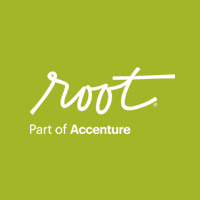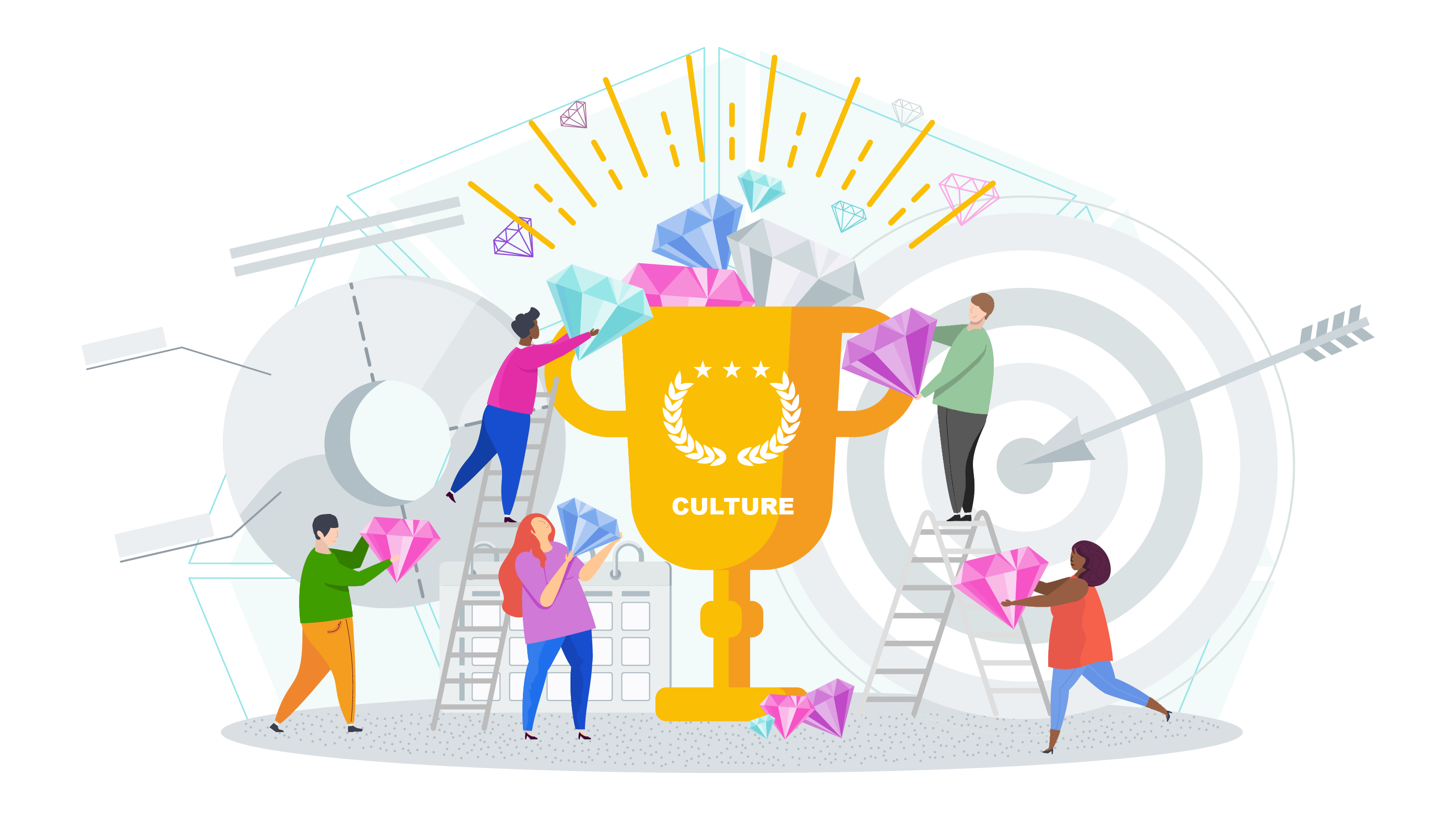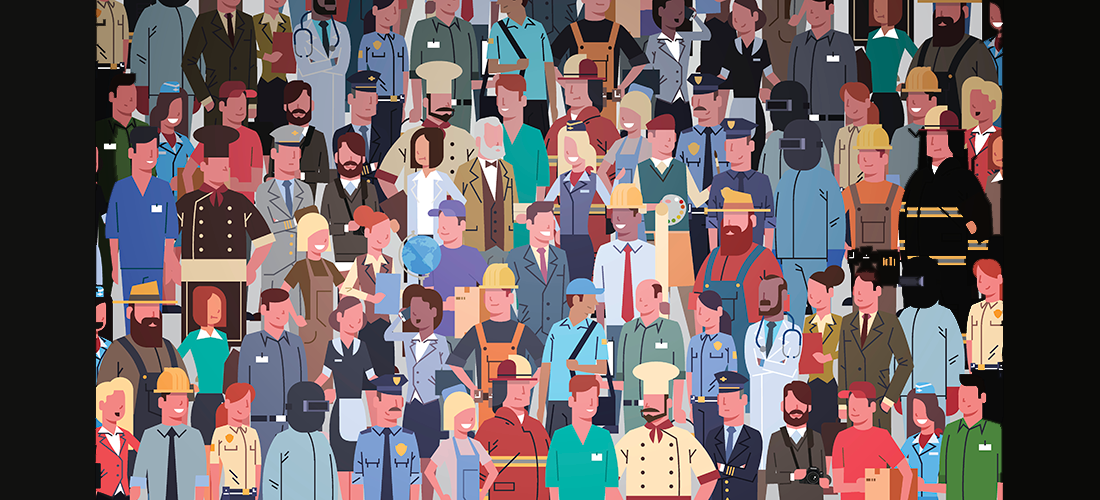The Concept of Culture has Shifted
For years, we’ve talked about culture as the summation of an organization’s mission, vision, and values. It’s “the way we do things around here.” It’s palpable, yet nebulous, while nicely packaged on a poster by the breakroom.
With millennials entering the workforce, the world experiencing a pandemic and The Great Resignation, people started asking questions. Specifically, “Why?” Why is this our mission? Why is this our vision? What value are we providing to the marketplace? How are these values going to help us achieve all of our goals?
Ch-Ch-Ch-Changes
The marketplace has also caused a shift. Commoditization and consolidation of products and industries are pervasive. We have this war for talent and the need to attract new, bright candidates to innovate and maintain time-to-market.
Consumer preferences are shifting as well. Consumers are more cognizant of where their products come from and what that organization represents. Those organization’s values are more important to their purchasing as it reflects directly onto them and their values. Thus, the articulation and demonstration of culture is vital. It’s an organization’s differentiator and main selling point.
What Culture Means Today
The new definition of culture isn’t ping-pong tables and jeans all week long. It’s not just about offering people the choice to work in an office, remotely, or a combination of the two. It’s more complex, subtle, and refined. Culture is the support and intersection between your organization’s purpose, strategy, external brand, customer experience, and employee experience. Without alignment of all these elements, you’re headed for an identity crisis.
The 5 Key Elements for Culture Success
1. Purpose
An organization’s purpose is its guiding light – it’s north star – which we measure and use as a guide to frame all our decisions. Is our decision in support of our purpose? Will it help us achieve our purpose?
Your strategy is the short-term roadmap and goals on the journey to fulfilling your purpose. If growth of your organization is a goal, what strategic imperatives are you putting into place to achieve that goal in the effort of living out your purpose? How does the strategy allow us to collectively focus and achieve our purpose?
2. Strategy
Your external brand is a promise of your ideal customer experience. How you represent your organization externally is an aspirational view of your product or service. Successful organizations will address the incongruencies in their brand promise and their customer experience. Failing to fulfill your brand promise will lead to a lower customer experience than if you had no brand promise at all. When organizations go through re-branding efforts, they so often forget to connect the new brand with the customer experience. This will inevitably lead to frustration and mistrust on the part of the customer.
3. & 4. Brand and Customer Experience
Finally, your customer experience will never exceed your employee experience. Without a strategically engaged and empowered workforce, you are set up to fail. This is where we start to see the traditional manifestations of culture – the behaviors needed to succeed at the organization. But culture isn’t just these behaviors, it’s the culmination of all these things reinforced by a set of hard-lines, guidelines, and no lines.
5. Employee Experience
Reframing your culture as this intersection will enable your organization to be purposeful and purpose-driven. Imagine the success of an organization where every employee sees the connection and support of all six elements: purpose, strategy, brand, customer experience, employee experience, and finally culture. Who wouldn’t want to work there?
Create a Purposeful and Connected Organization
If your organization is struggling with culture change, now is a good time to check out this Culture and Strategy Activation resource for more guidance on how to ensure your leaders are successful in creating the right culture for your people.









